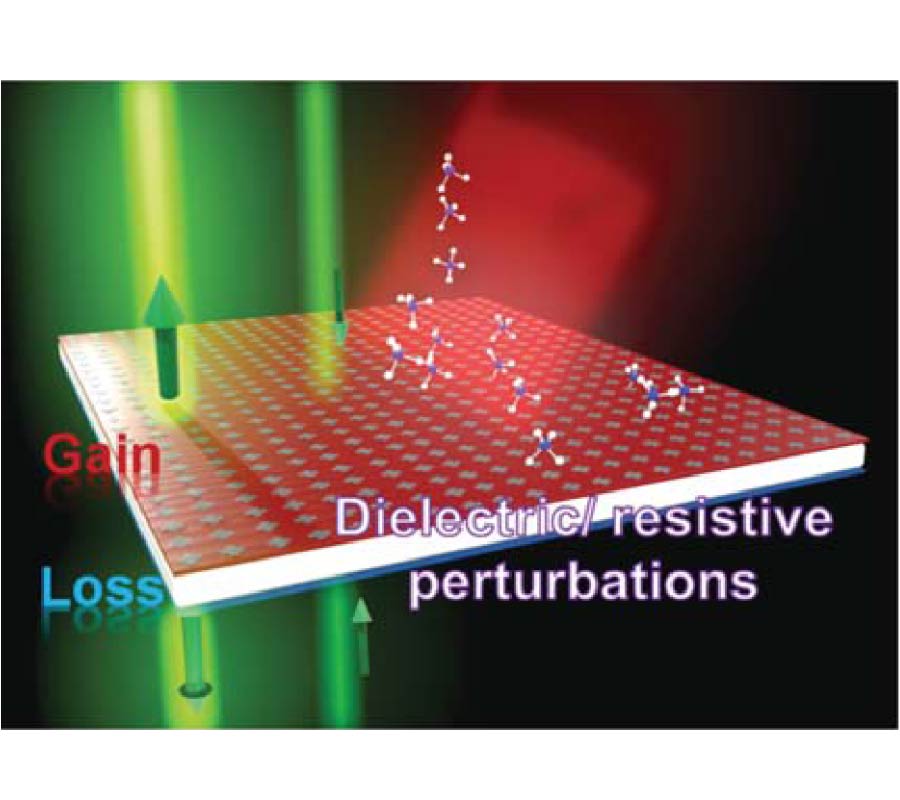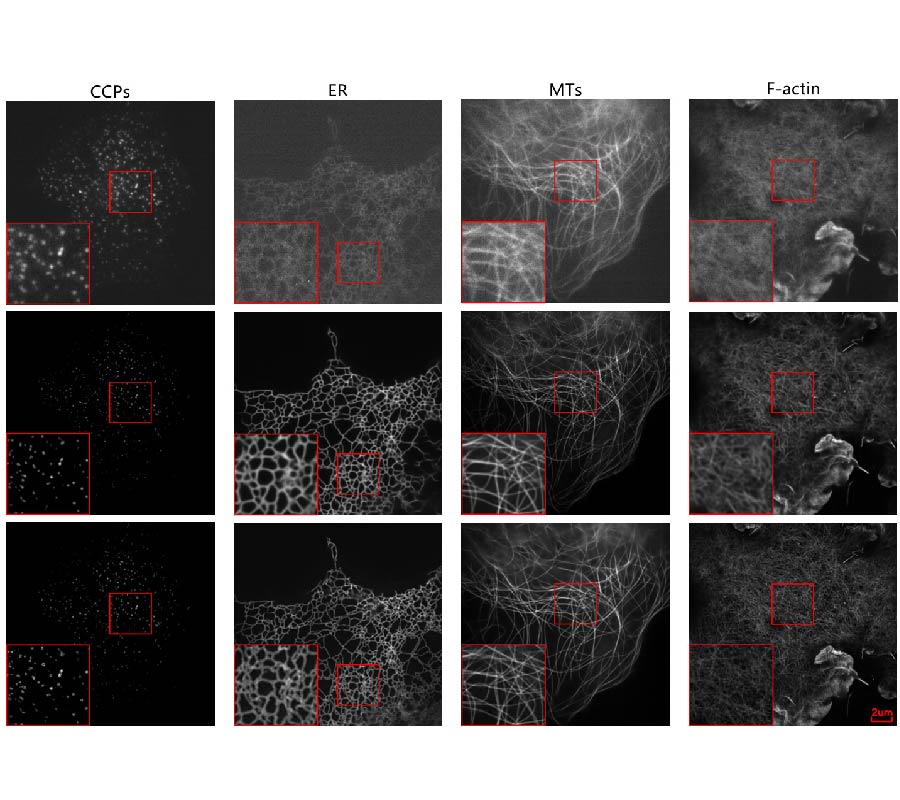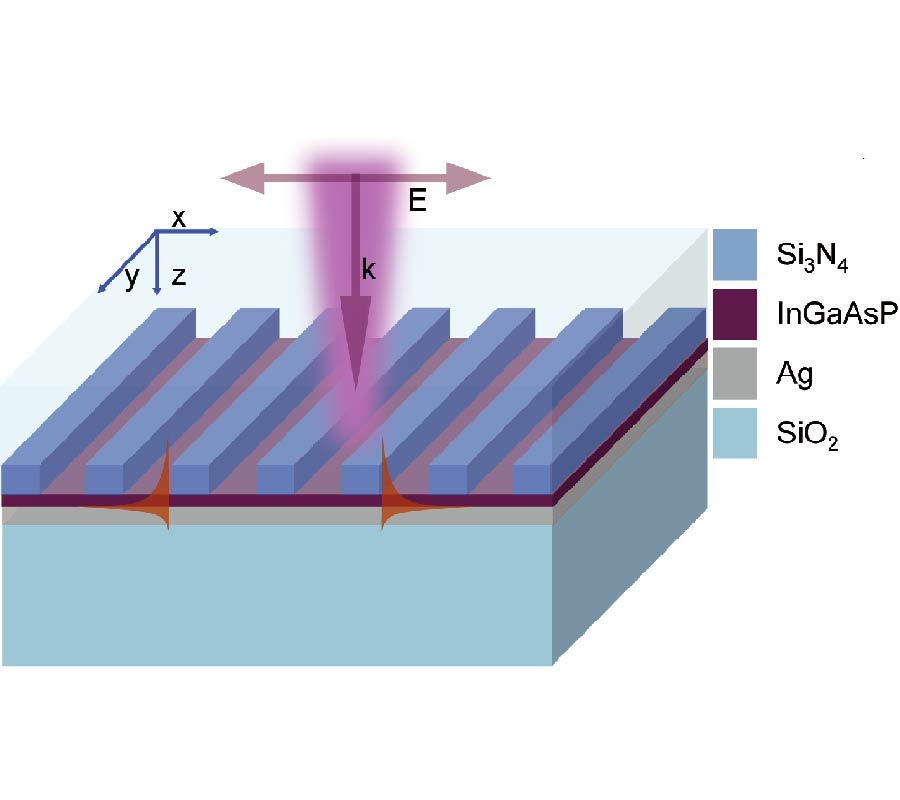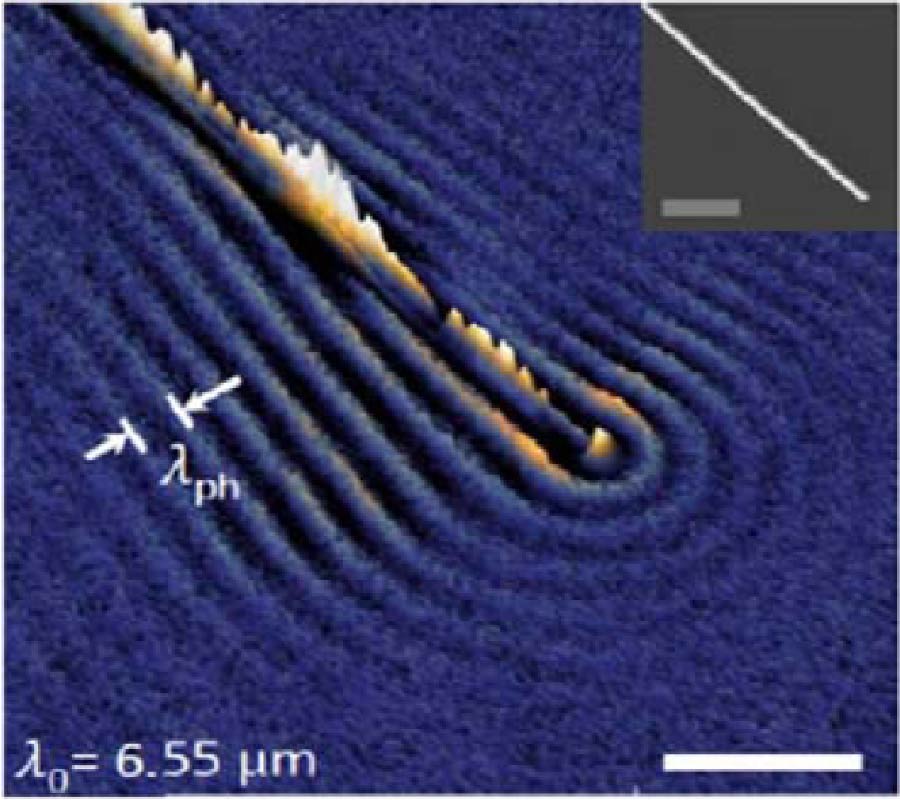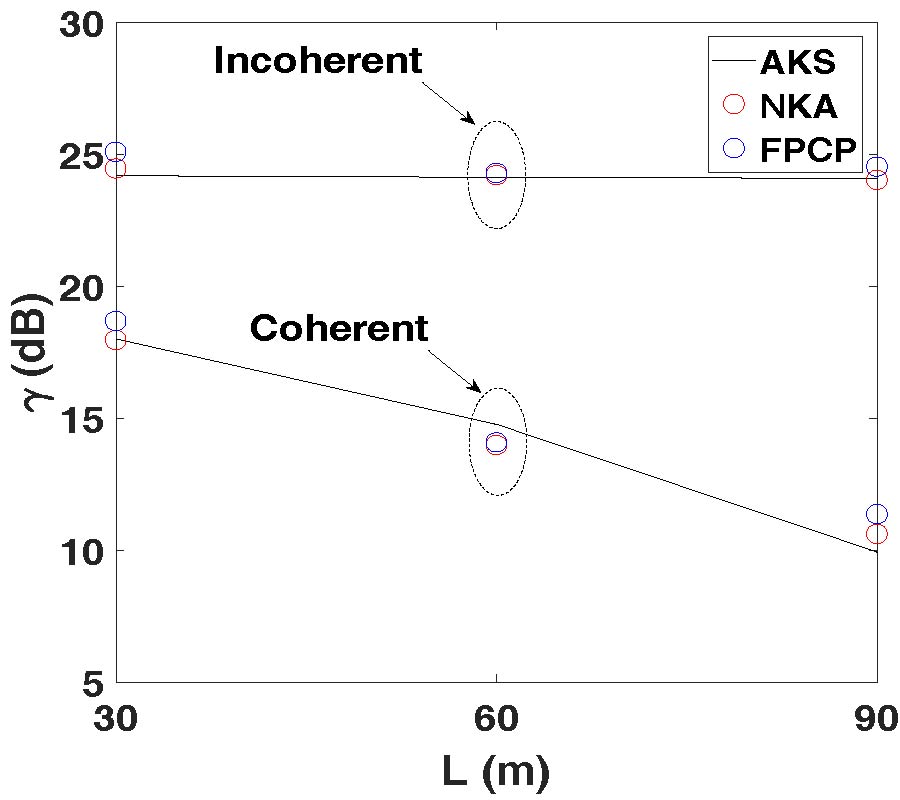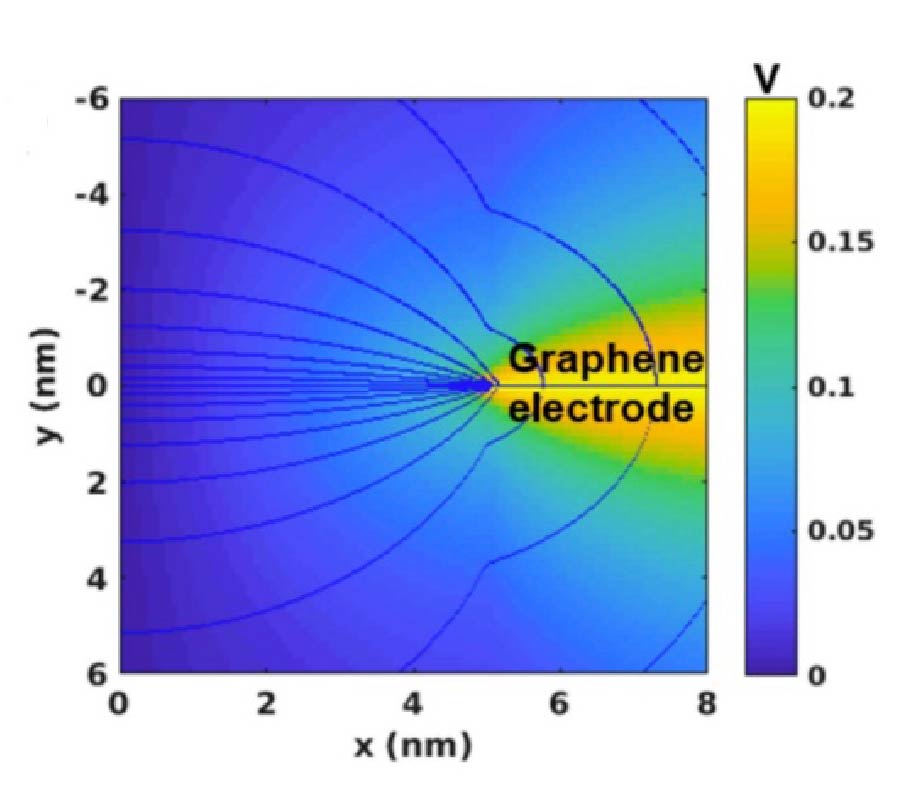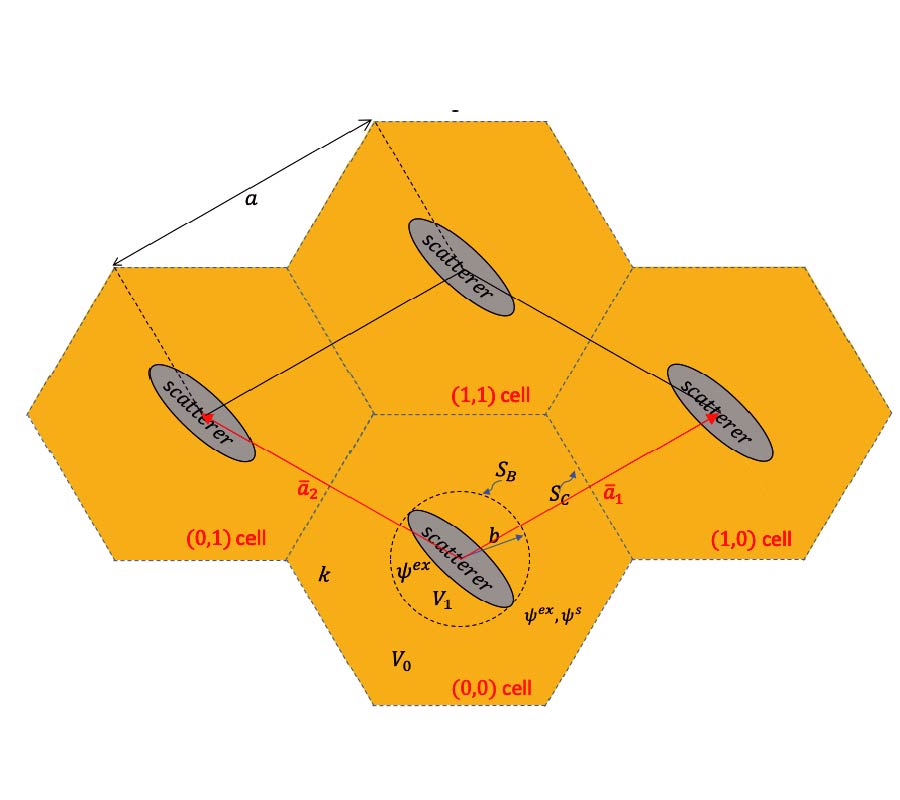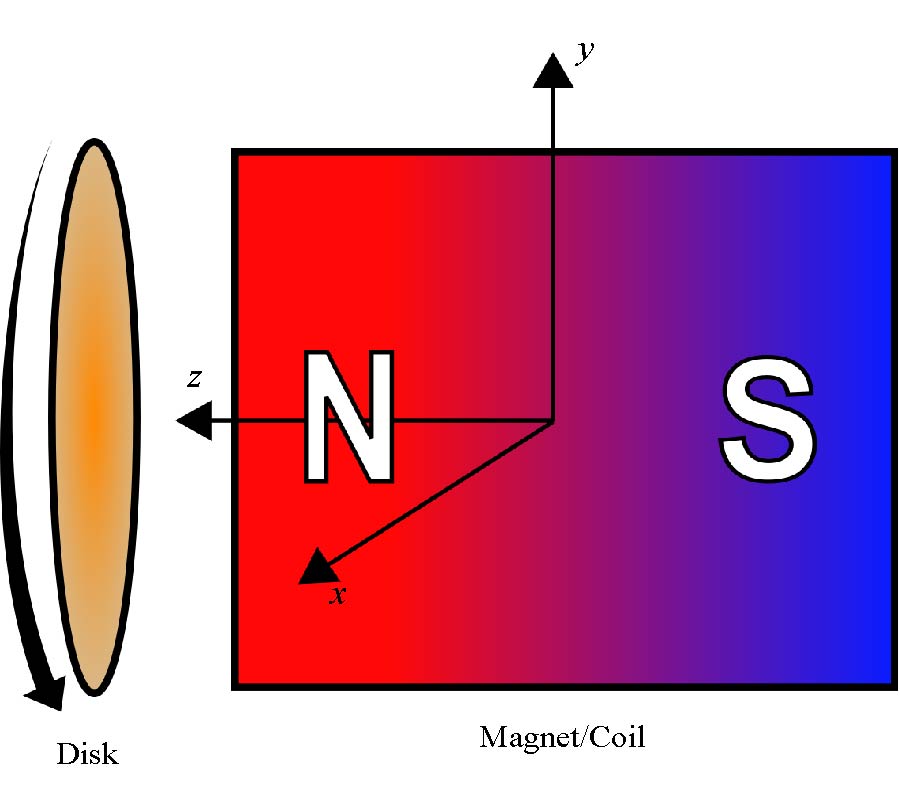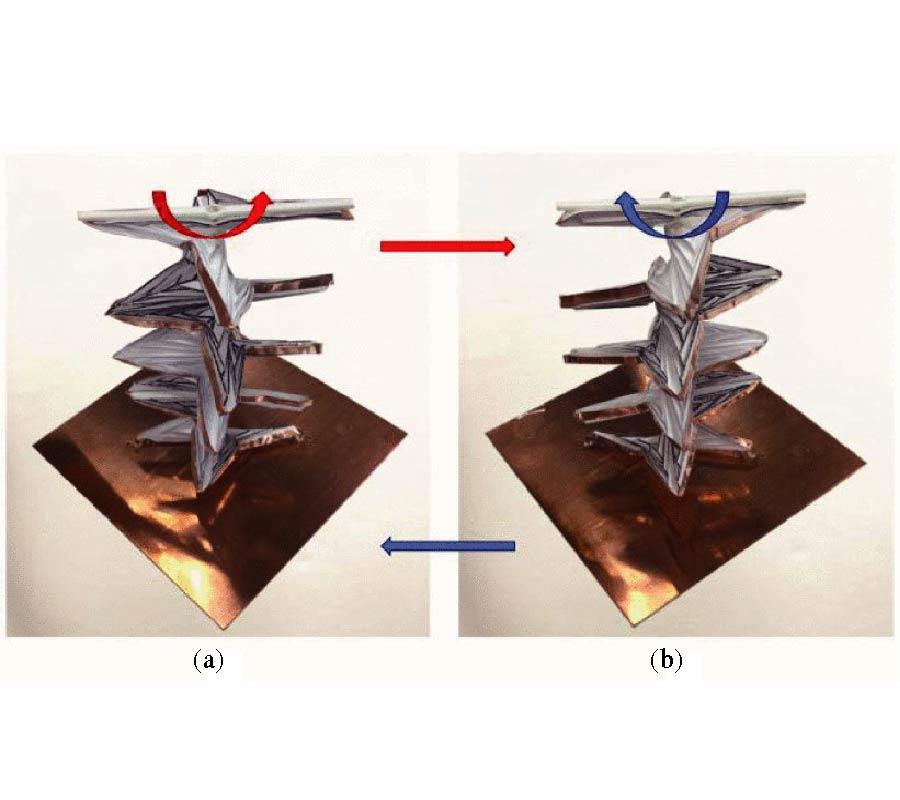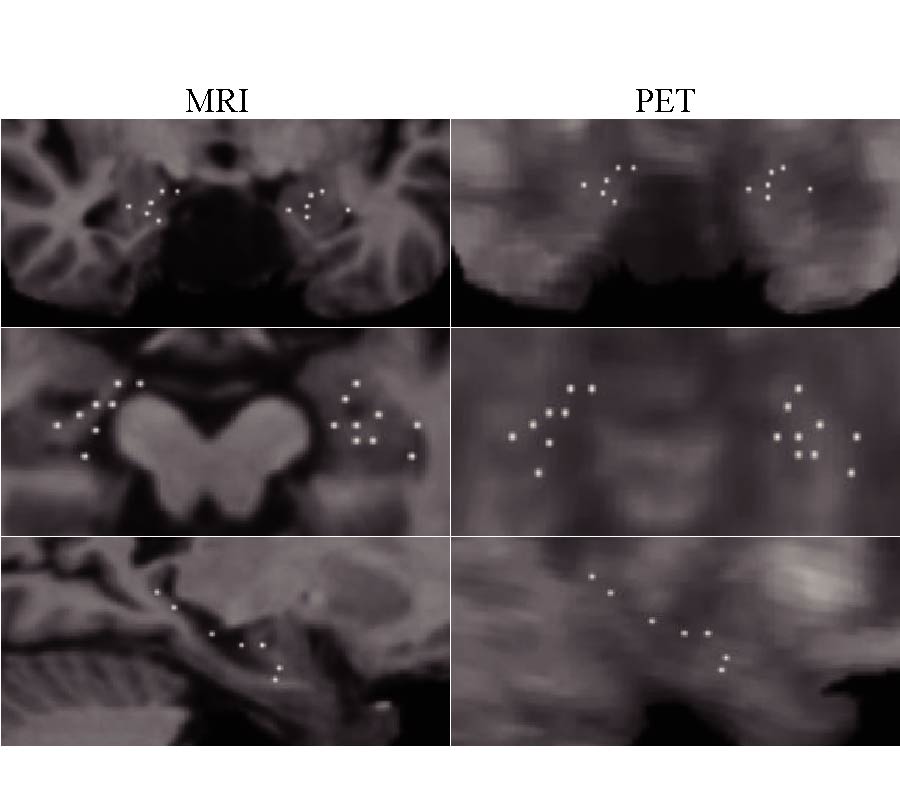Analytical Kirchhoff Solutions (AKS) and Numerical Kirchhoff Approach (NKA) for First-Principle Calculations of Coherent Waves and Incoherent Waves at P Band and L Band in Signals of Opportunity (SoOp
)
Bowen Ren,
Jiyue Zhu,
Leung Tsang and
Haokui Xu
In this paper, we derived Analytical Kirchhoff Solutions (AKS) for bistatic scattering near the specular directions at P band and L band for applications in Signals of Opportunity (SoOp). The land surface profiles are divided into three scales: microwave roughness f1, fine scale topography f2, and coarse scale 30-meter DEM f3. The microwave roughness and the fine scale topography are treated as random rough surfaces, while the coarse scale topography from DEM data are treated as deterministic planar patches. The salient features of the AKS model are (i) analytical expressions are obtained for both coherent waves and incoherent waves, (ii) Monte Carlo simulations are not required making the AKS computationally efficient, (iii) the analytical solutions are expressed in terms of the spectrum, so that the dividing line between microwave roughness and fine scale topography is not required, and the rough surface spectrum derived from lidar elevation measurements can be incorporated directly. The results of the three approaches, AKS, the Numerical Kirchhoff Approach (NKA) and the Fine Scale Partial Coherent Patch (FPCP) model, are indistinguishable for both the coherent waves and the incoherent waves. The agreements validate the AKS and FPCP approaches as NKA is a brute force accurate method based on Kirchhoff integral using 2 cm discretization and high-performance computers. Results show that the f2 profiles of fine scale topography have significant effects. The results of three Kirchhoff approaches fall in-between the results of the two versions of Geometric Optics (GO) approximations to the Kirchhoff integral [1, 2]. The two GO versions are with and without attenuation due to microwave roughness. The GO with microwave attenuation is also known as the ``Improved Geometric Optics Model (IGOM)''. Numerical results of coherent waves and incoherent waves are illustrated for remote sensing of snow and soil moisture at P band and L band. For P band, the histograms of the phase are shown. Results of the coherent waves are dependent on the sizes of the area as well as topographical elevations and slopes. AKS results are used to illustrate the coherent waves at P band on area sizes up to 1.5 km using 30-meter DEM topography elevations and derived slopes at Sanford, Brazos Peak, and Lobato Tank, Colorado, USA. For L band, the AKS results of Cross-Track are in good agreement with CYGNSS data over San Luis Valley, USA. In comparing CPU, it takes merely 25 seconds on a single CPU core for AKS to compute for a 15 km by 15 km DDM pixel which has 250000 DEM 30-meter patches. The CPU for AKS is slightly more than the 20 seconds required for GO.
